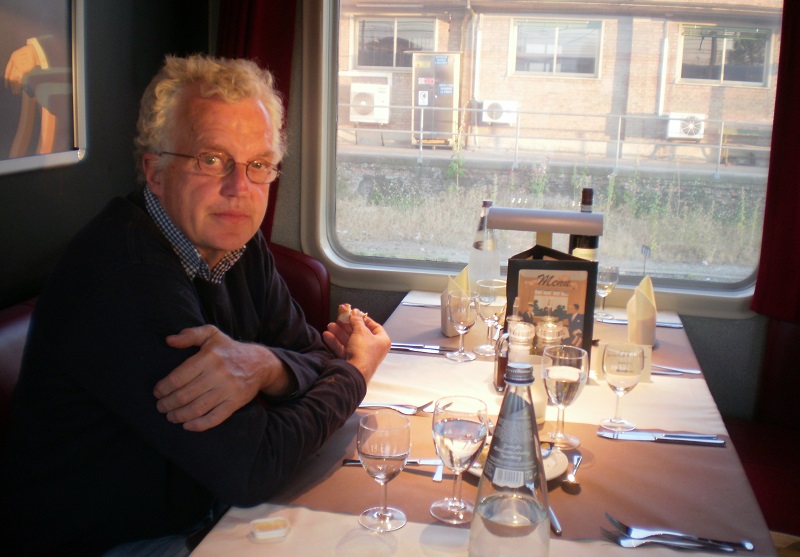Travelling around America by rail for the past two weeks to research my new book on US railways has given me a lot of time to reflect on the transport failings of this great nation. It is a paradox that the country which most depended on the railways for its very existence as a nation has now largely turned its back on them, at least as far as passengers are concerned.
Amtrak, which runs the passenger network, came into existence in the 1970s because the railroad companies, who were struggling as the nationwide Interstate highway system was being completed, were only interested in their freight operations. Passengers had been fleeing the rail system both into their cars and onto the growing air market for years and the companies were threatening to close down all the services since they were lossmaking and a burden.
Initially, the government was happy to let them do this but there was a public outcry and Amtrak was created to take them on. There is, therefore, a network of Amtrak services, mostly daily, covering all but two of the 48 mainland states but it is in no way a public transport system, rather a kind of railtour company for those with time on their hands or a dread of flying. There are around 25 million passengers per year, not even a fortnight’s worth in the UK, and while there has been some growth, not least among the young who like travelling on trains so that they can fiddle with their electronic devices while they travel, Amtrak nowhere near covers its costs and is forever struggling for federal funds.
The service on the trains is overtly friendly and efficient, but rigid in a way that was possibly more Soviet even than BR. Don’t ask for anything that is slightly unusual. Even going to the ‘rest room’ at the wrong time. At one point approaching Atlanta, I sought to go through the lounge car to go to the toilet, not wanting to use the minute one in my sleeping car, but the conductor said I could not as they were counting the money and ‘it was against the rules’. When I insisted, and went along, she locked the door between the cars so I could not return to my coach until we stopped at Atlanta.
The other remarkable aspect of train travel in the US is its rigidity. You are supposed to arrive half an hour in advance for the trains but then they keep you cooped up in the station until ten minutes before departure. The platforms are the most soulless and depressing places in the world. Often tucked away under the station or a skyscraper, they are thin pieces of concrete between the tracks with no kiosks, advertising or even, apart from the odd one, names. You even have to sign your ticket if it has been purchased by credit card. Why?
All this is made more bizarre by the fact that Amtrak has retained, and indeed exploited, the grand names used for the major train services, such as the Coast Starlight and the Empire Builder, which are now reduced to the minimalist offerings of a rather desultory state-owned company.
President Obama wants to revitalise rail in the US and early this year announced an $8bn stimulus package which was a mix of studies on high speed rail and improving existing services. In reality, that is a drop in the ocean and to create anything like say, an InterCity service for states where there are major conurbations a few hundred miles apart would probably cost ten or twenty times that amount.
When I reflected on whether it could have been different and a coherent rail network for passengers been retained in the days of rampant car and road expansion, I decided that probably given the politics and zeitgeist of America, the answer is probably not. You only have to look at the fierce opposition to some rail projects – and not just from Republicans – to see that the political climate in the US is unlike anything we experience in Europe. America has missed a trick by failing to nurture its passenger railways through the bad times of the postwar period and is now paying the price with its overcrowded highways and the lack of choice for its citizens.
